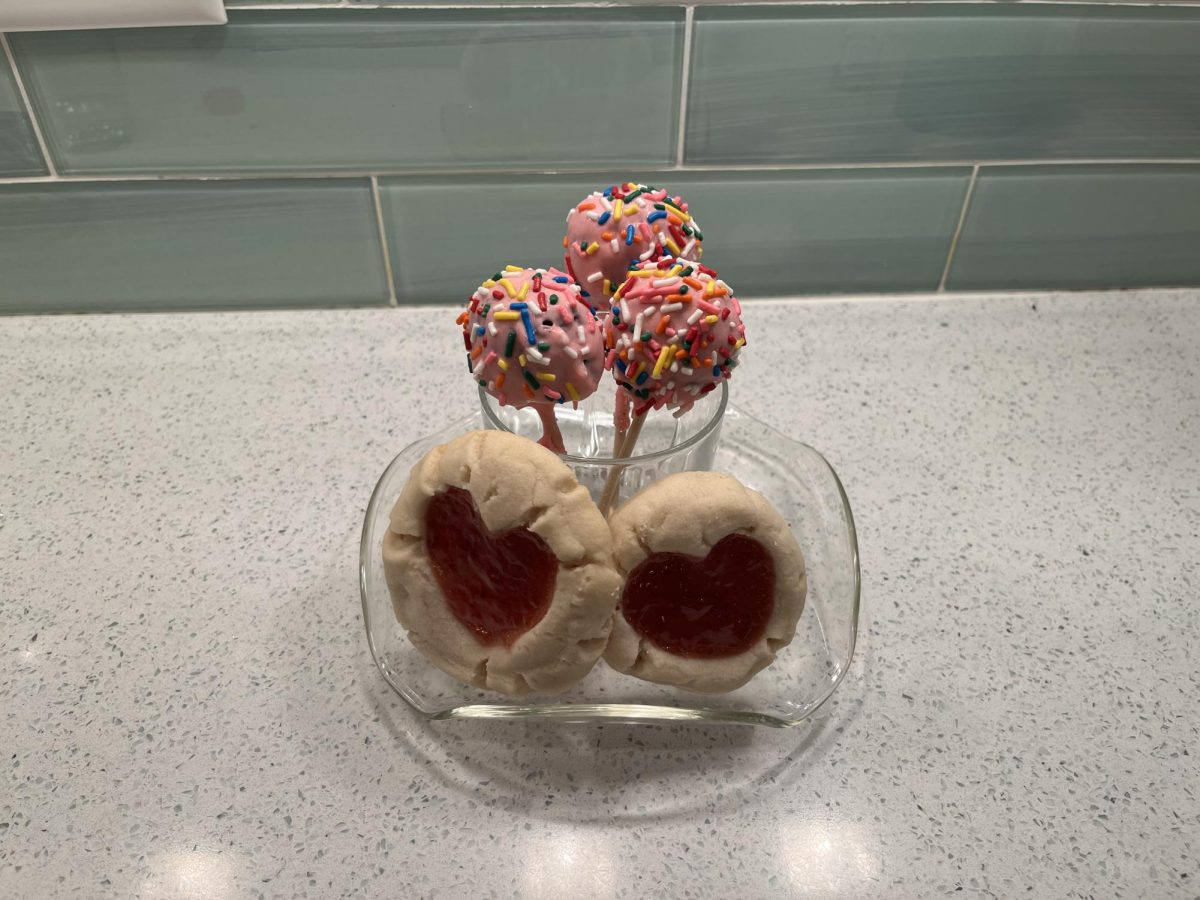CounterPoint: Sacred Sequels
December 1, 2015
You’re four years old when “Toy Story” hits the big screen in 1995. You’re perplexed by the talking toys and picturesque Pixar animation that somehow managed to transport you to a different world. For an hour and 21 minutes you escaped into a life filled with excitement and suspense.
“Toy Story 2” comes out in 1999 and you’re 10 at this point, eager and excited for the next fold in the unraveling story, anxious to find out what could happen next to the characters you have grown to love and establish a connection with. Woody, Buzz and all of the other toys became a part of your childhood. Then, in 2010, you’re 19 and in your freshman year of college, feeling all of the same emotions the main character, Andy, is feeling as he leaves a part of himself behind. It was no coincidence that older teens went to see “Toy Story 3.” They came to finish their childhood with the toys that had been through every Christmas, Halloween and play date. They came to say goodbye.
Movies have the power to transcend us out of the real world and into a mystical alternate universe where we can escape for a brief moment and become the characters we can somehow always relate back to ourselves. We become transfixed in their stories, and are never quite ready to let go when our time is up. That is the beauty of sequels. They give us a promise for more. And while it may not be exactly the same, or as good as the classic as the opposition will argue, sequels do so much more.
They do not compete for the main spot of the original, in fact sequels are meant for quite the opposite. They are made for fans that aren’t ready to stop hearing the story. They are made to show the different perspectives and insights on the original story. They are made to offer different folds and twists to the classic and to exercise our brains on a different way of looking at something. Sequels are made not only to help give the public a better full-range view, but also to make money.
Hollywood, despite all of the glitz and the glamour, is a business. It wants to make money. And sequels are another way for movies not only to boost revenues in the sequel, but also the original movie that the sequel is based. It is essentially a win-win situation,. And a fairly safe bet if the first movie is extremely successful.
“The Hangover”, “Star Wars”, “Toy Story”, “The Lord of the Rings”, “The Godfather:” the list is virtually endless of movie sequel possibilities. While some are for mindless humor and others are for valuable plot extrapolation, one thing is certain: sequels are not as butchered by Hollywood as their connotations make them out to be.


















![Movie poster for [Rec] (2007).](https://www.lionnewspaper.com/wp-content/uploads/2023/04/rec-640x900.jpg)


